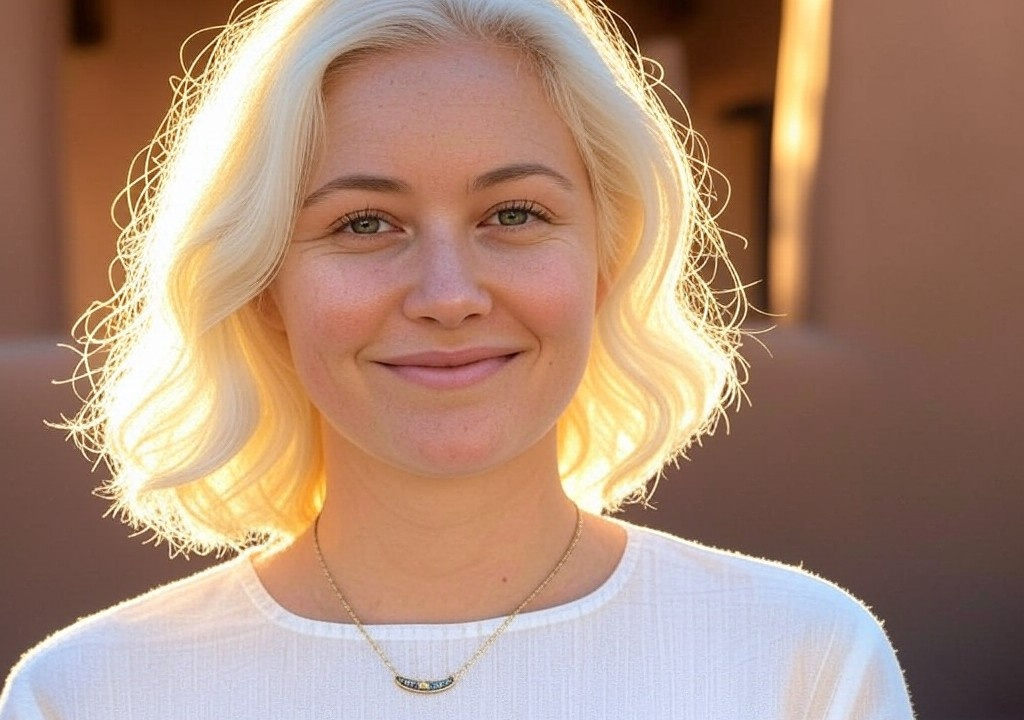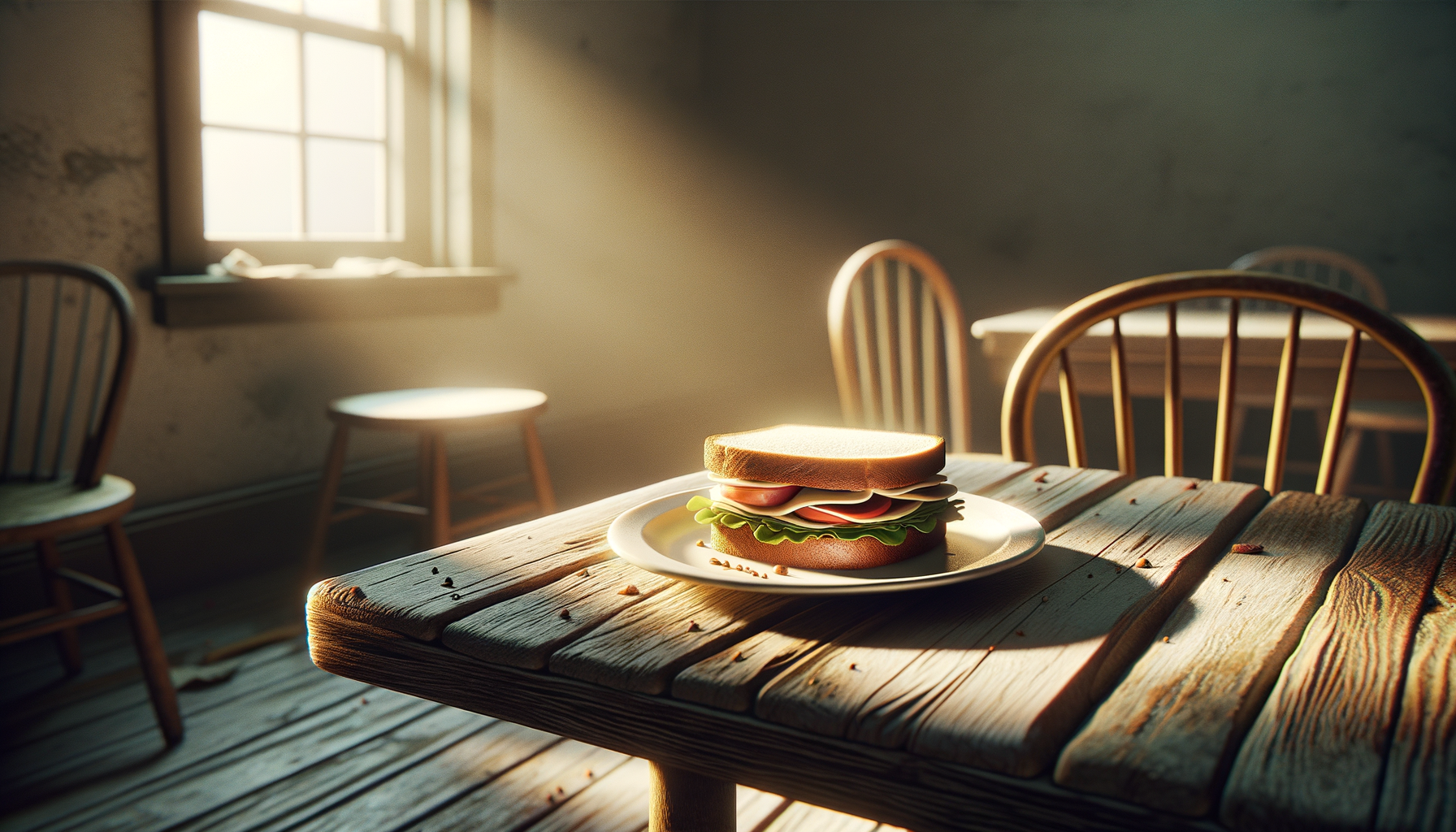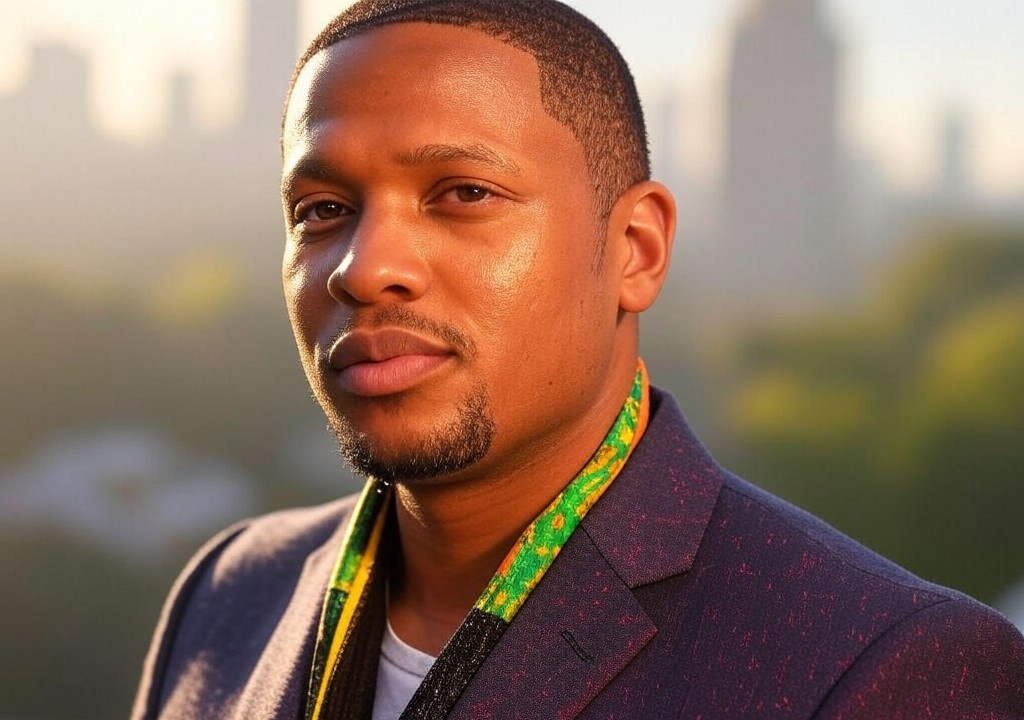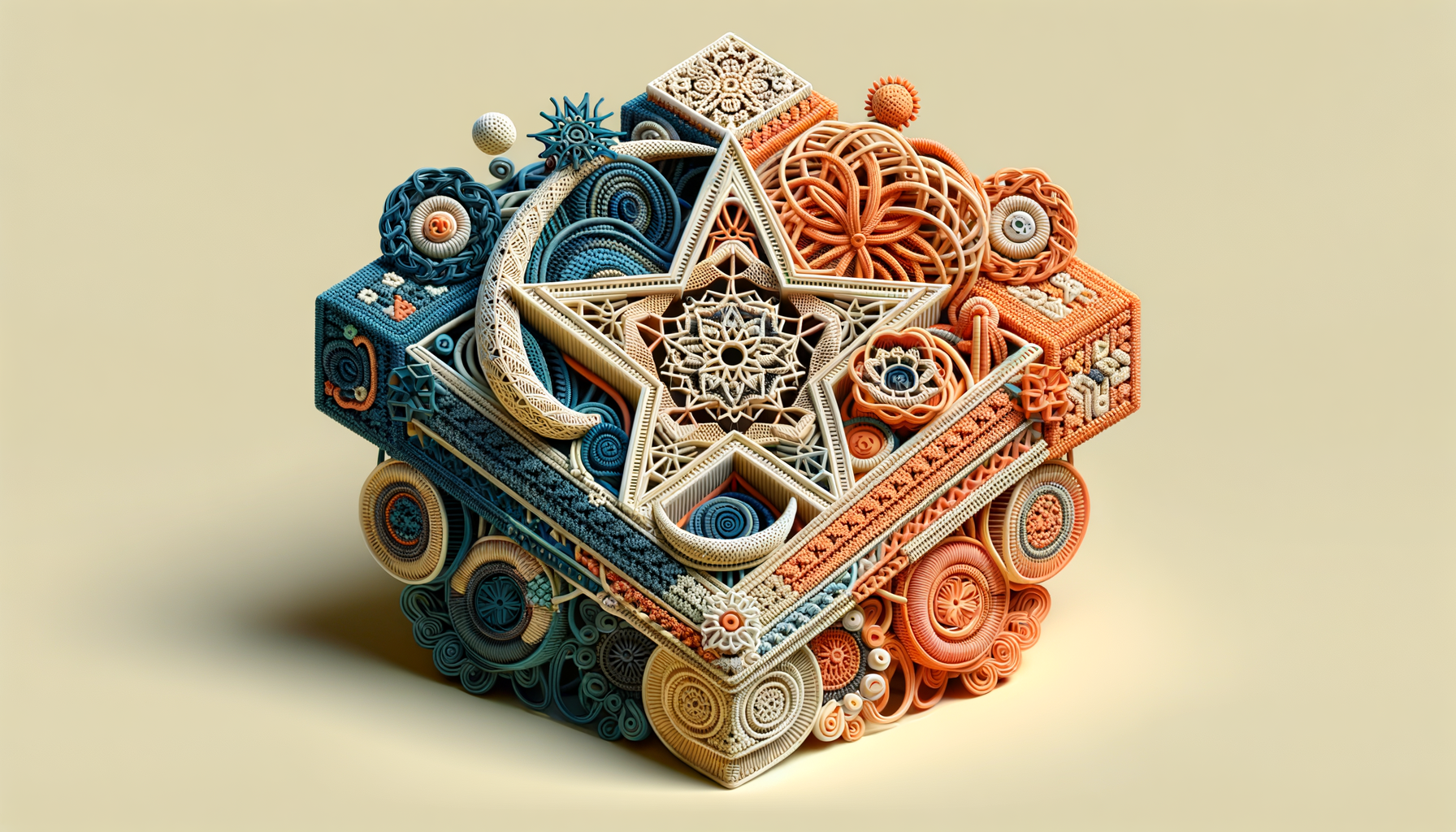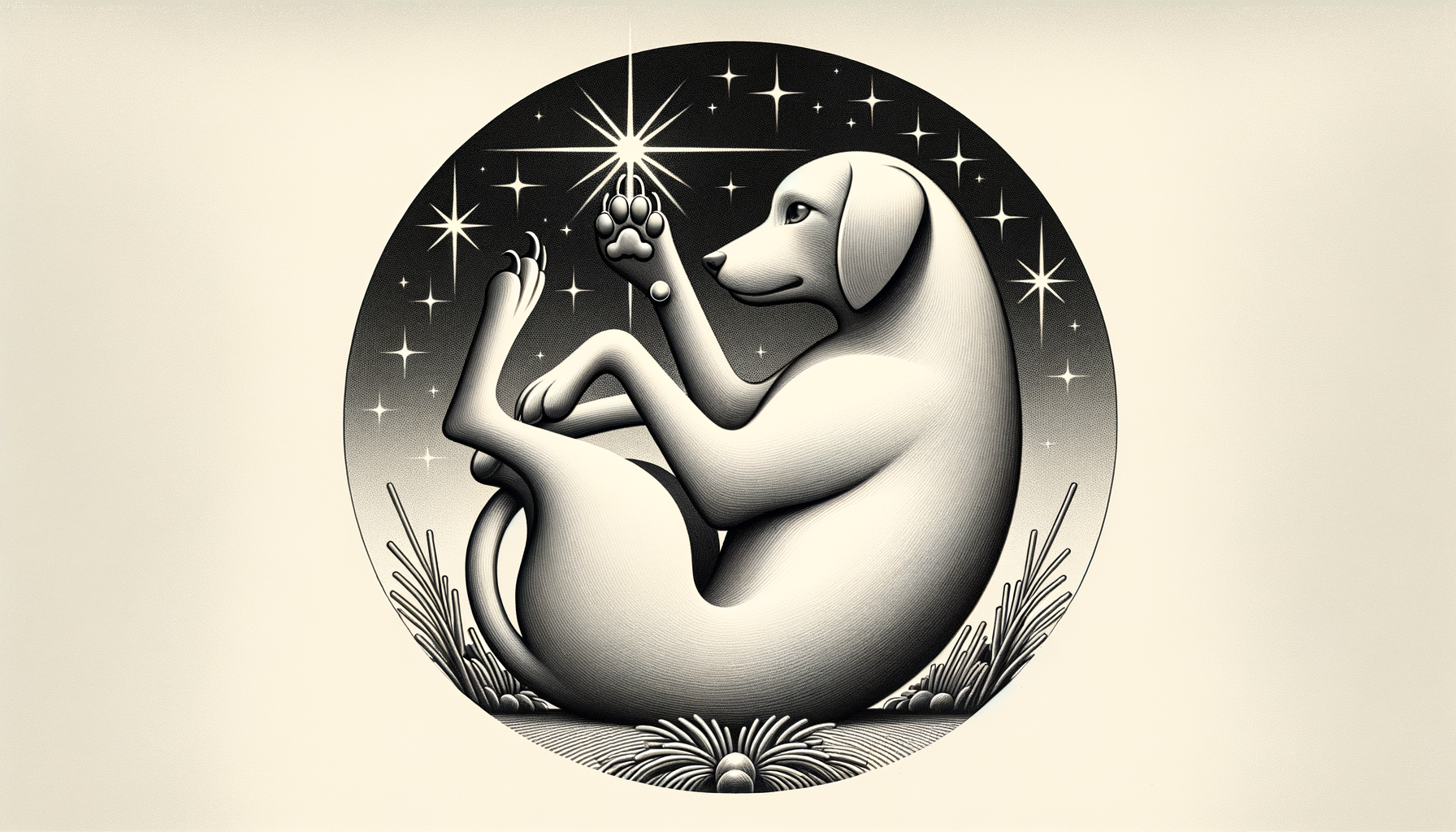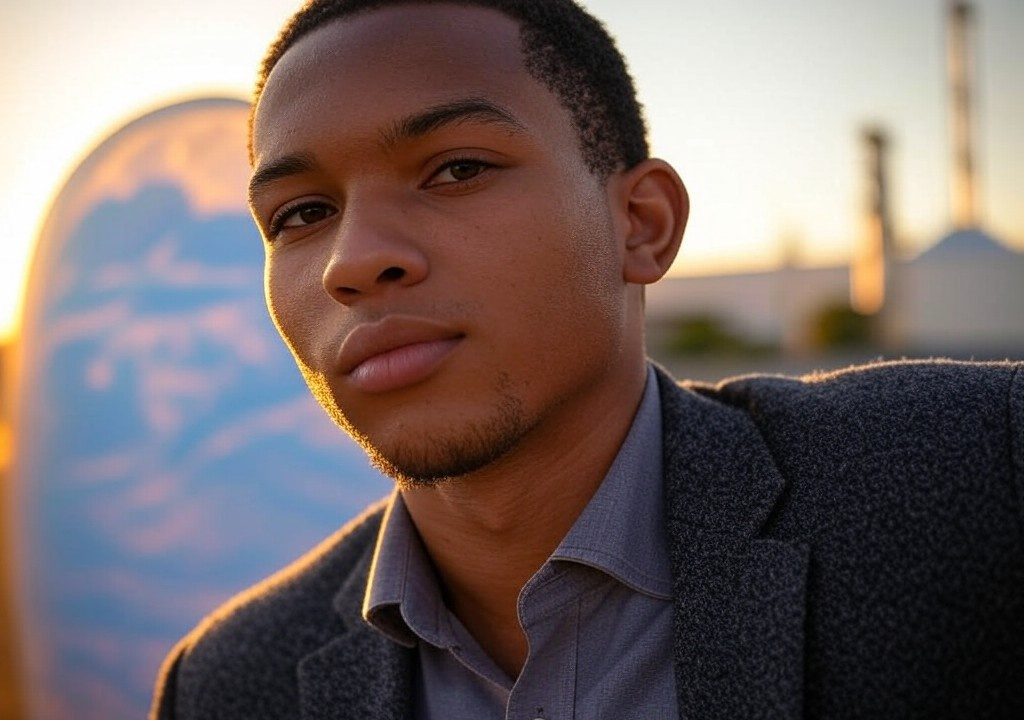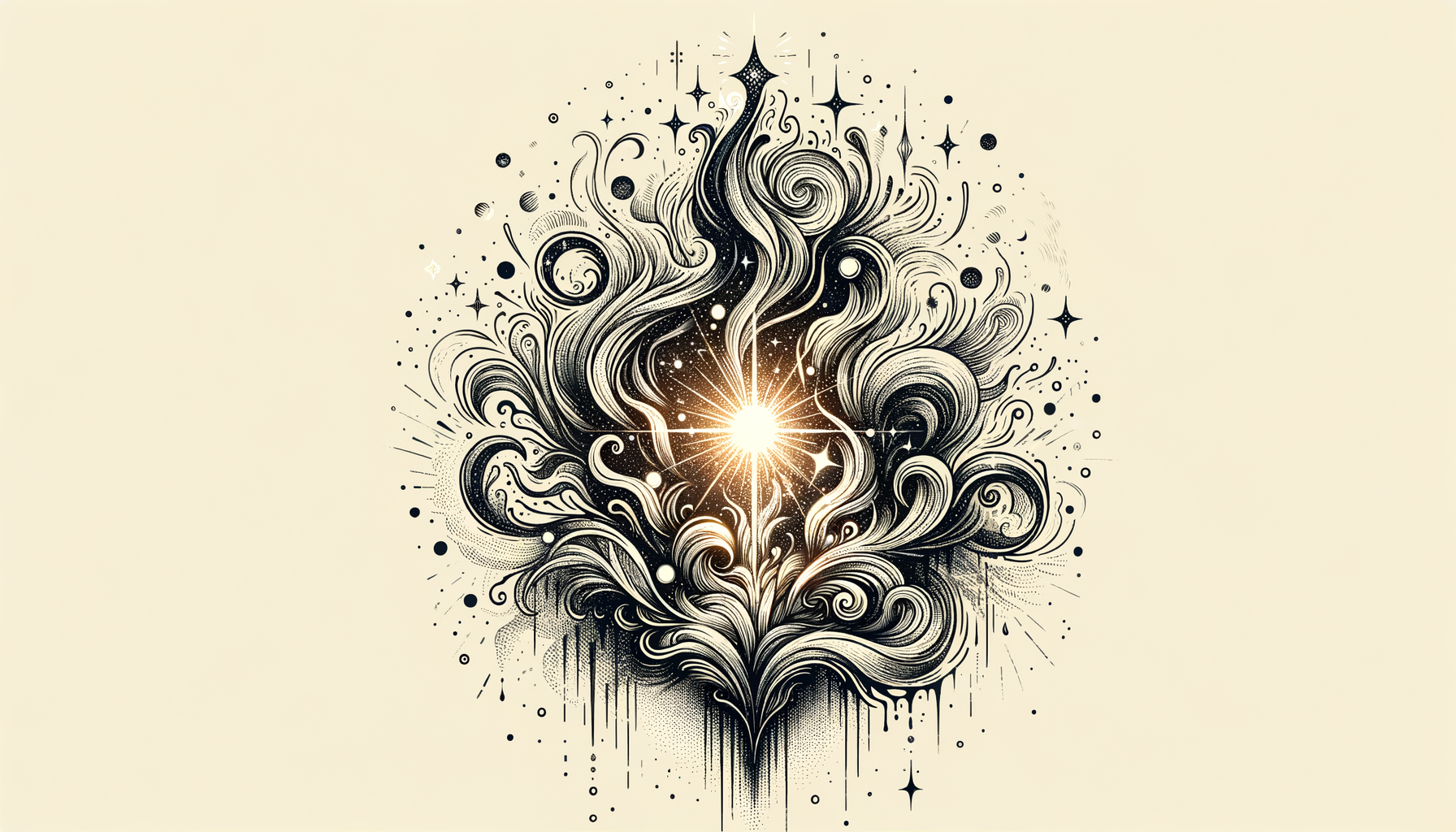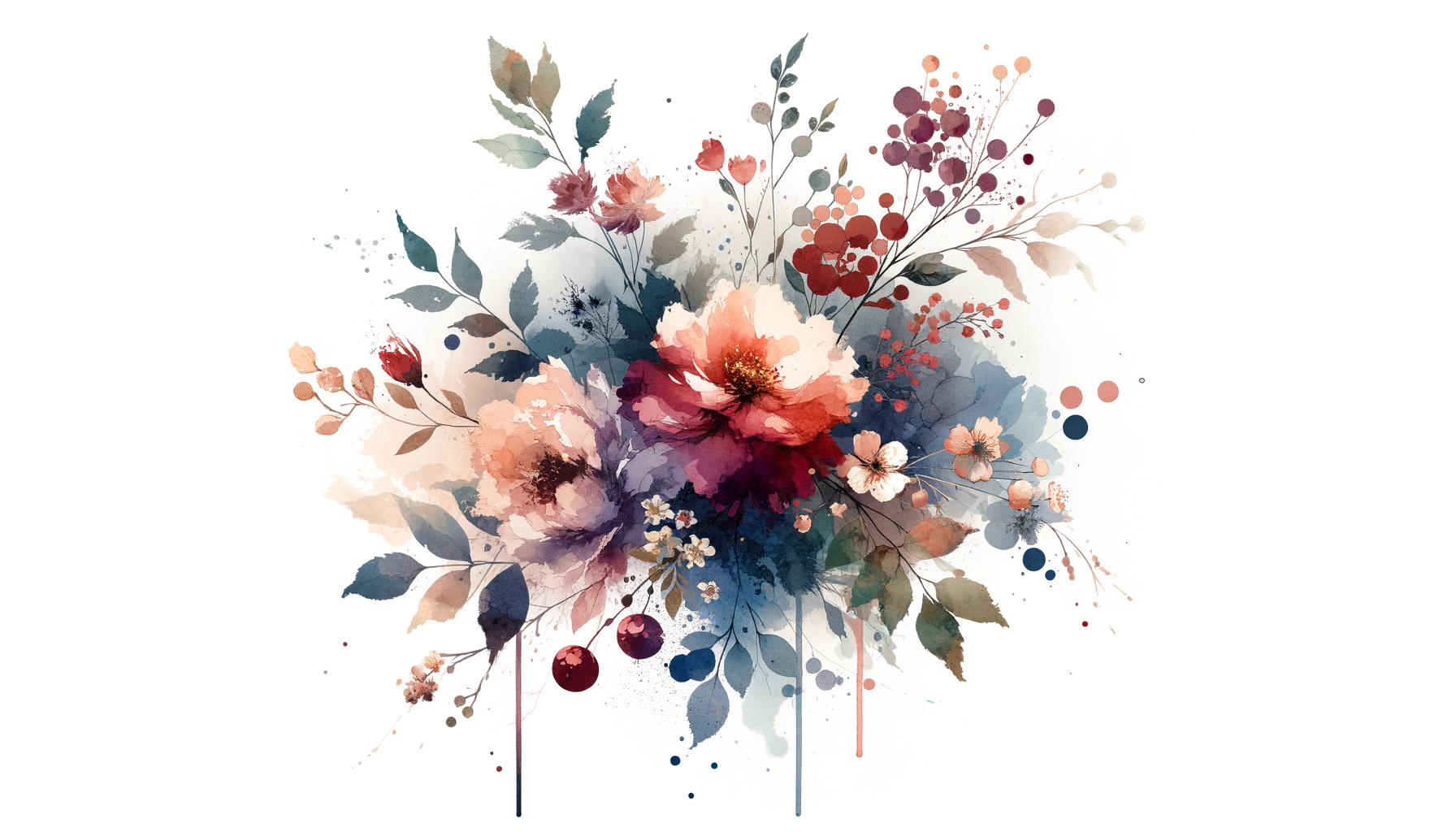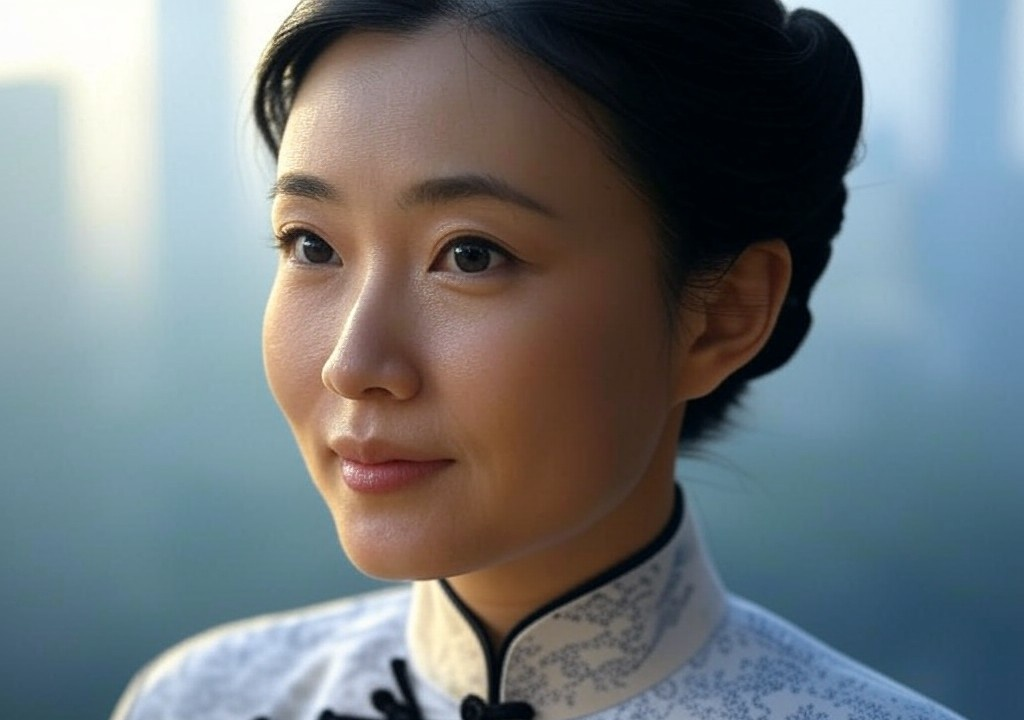The Day the Pottery Shard Became Me
If I could name the exact moment I first felt truly seen, it was in a chance encounter with a man who likely wouldn’t recognize me today if I walked past him at Trader Joe’s. And yet, what he said to me that day in a dimly lit gallery alcove shifted something monumental inside me, as if he’d flicked on a light I hadn’t even realized was there.
But before I take you to that moment, there’s a vital detail you need to know: I’ve always felt like a fragment. Not in an angsty, brooding, “No one understands me” kind of way, but in a literal sense. I grew up enchanted by the pottery shards my parents kept in glass cases at their art gallery, relics from the Ancestral Puebloans whose desert homes are scattered across the Southwest. I loved their raw edges, their haphazard cracks, the way they spoke of an incomplete but still beautiful story.
And that’s how I saw myself—intriguing in pieces, maybe, but not something anyone would call whole.
Growing Up in the Shadows of Masterpieces
Anyone raised by artists knows there’s a quiet pressure that comes with it. My parents never said outright, “Be something extraordinary,” but I could hear it in the hum of gallery openings and the applause at their curated exhibitions. Creativity was currency in our household, and despite my love of words, I grew up feeling like I lacked the “big” artistry gene.
While my mother debated which piece in the gallery’s balcony room best captured the light of dawn, I was in the back, counseling a potential buyer over whether the coffee mugs by a local potter were microwave-safe. It was clear to me—painfully clear, at times—that I wasn’t the masterpiece on display. I was the shard someone might pocket, then forget about at the bottom of their bag.
And like any good millennial who spent their formative years silently comparing themselves to everyone on their Myspace Top 8, I decided the best solution was to shrink. To fade into the adobe walls and hope no one pointed out that I was, in fact, a piece out of place.
The Deliciously Awkward Encounter
Then came the day of the surprise exhibit. A benefactor of my parents’ gallery was unveiling a collection—something big, mysterious, hyped up like it was going to rival Beyoncé dropping an album at midnight. Everyone showed up in their Santa Fe best (flowy scarves, turquoise rings too heavy to lift with one hand). I’d positioned myself in a safe harbor near the sangria pitchers when I first noticed him.
He was inspecting one of the lesser-known installations: a ceramic bowl, deliberately broken and reassembled with thin lines of turquoise resin along the cracks. Kintsugi, the Japanese art of repairing broken things with gold or another precious material.
I was teetering on the edge of being sociable and retreating to reorganize the desk in the back office for the fifth time when he turned to me and asked, “Do you think it’s pretending to be whole, or is it something else entirely?” He nodded toward the bowl in question, its jagged cracks glowing softly under the spotlights.
Startled, I stumbled into an answer. Maybe it wasn’t “pretending” anything, I said. Maybe it was just as it was—broken and beautiful in tandem.
And then he said it.
“You look like this bowl. Not in a bad way,” he added quickly, grin widening. “I just mean—you have this... soft strength about you. Beautiful. Unfinished in a fascinating way, you know?”
I didn’t know. At least not yet. But something about the way the words sat there, unpolished and unapologetic, felt like someone had pulled me toward the center of the room and handed me the spotlight I’d always been too afraid to ask for.
What It Means to Be Fully Seen
Now, here’s the thing: this man didn’t fall to one knee and propose. He didn’t aim to sweep me up into some romantic holiday in the Andalusian hills. In fact, I think our entire interaction lasted three minutes, and the extent of our relationship was sharing a laugh over some poorly labeled finger sandwiches that evening.
But those words stayed with me in a way I wasn’t expecting. They became a lens I didn’t know I needed at the time, a way to examine myself free from all the expectations, definitions, and quiet pressures I’d given too much weight to for too long.
For the first time, it wasn’t about whether I was a “masterpiece” or a “shard." Someone had seen me exactly for what I was that moment: incomplete but no less worthy of being adored.
How to Handle Being Seen (and Seeing Others)
So, does fully seeing someone else hold the power to change their life just a little? Here's what I’ve learned since that night: Yes. Absolutely. Whether you’re the one being seen or doing the seeing, there’s a kind of quiet alchemy that takes place when people let themselves be vulnerable enough for their cracks to show.
Seeing others, though? That’s an art form in itself. And if you want to be someone who leaves others feeling more whole than they did before, here are a few practices worth exploring:
-
Ask small but meaningful questions – Skip the surface-level fluff. Instead of asking how someone’s day at work was, try, “What’s something that made you smile today?” Attention like that speaks volumes.
-
Look for the details – Notice the things about people that they don’t expect you to. The way someone nervously taps their pen just before they make a brilliant point in a meeting. The laugh they try to hide when they sing incorrectly to a song lyric.
-
Value things as they are, not as you’d like them to be – We’ve been trained to love polished surfaces, but often, it’s the chips, dents, and repairs that make something magnetic.
-
Say the quiet observation out loud – Sometimes we notice someone’s unique spark, but out of fear or distraction, we don’t vocalize it. Don’t hold back (but do so with care, of course). You never know when your words will become another person’s lightbulb moment.
Broken and Beautiful
Since that night, I’ve thought often about being a shard—a piece of a larger, unfinished whole. But I no longer see it as a mark of incompleteness. To be unfinished means to still be creating, still evolving, still surprising yourself and others.
And sometimes, all it takes for us to fully embrace that idea is one person who dares to see us—not for who they’d like us to be tomorrow, or who we were yesterday, but for the messy, human brilliance of who we already are.
If you ever find yourself doubting your value, do me a favor. Go find the nearest piece of cracked pottery and take a long, hard look at it. Hold it up to the light. Let the imperfections tell you a story: one that’s worth cherishing, cracks and all.


